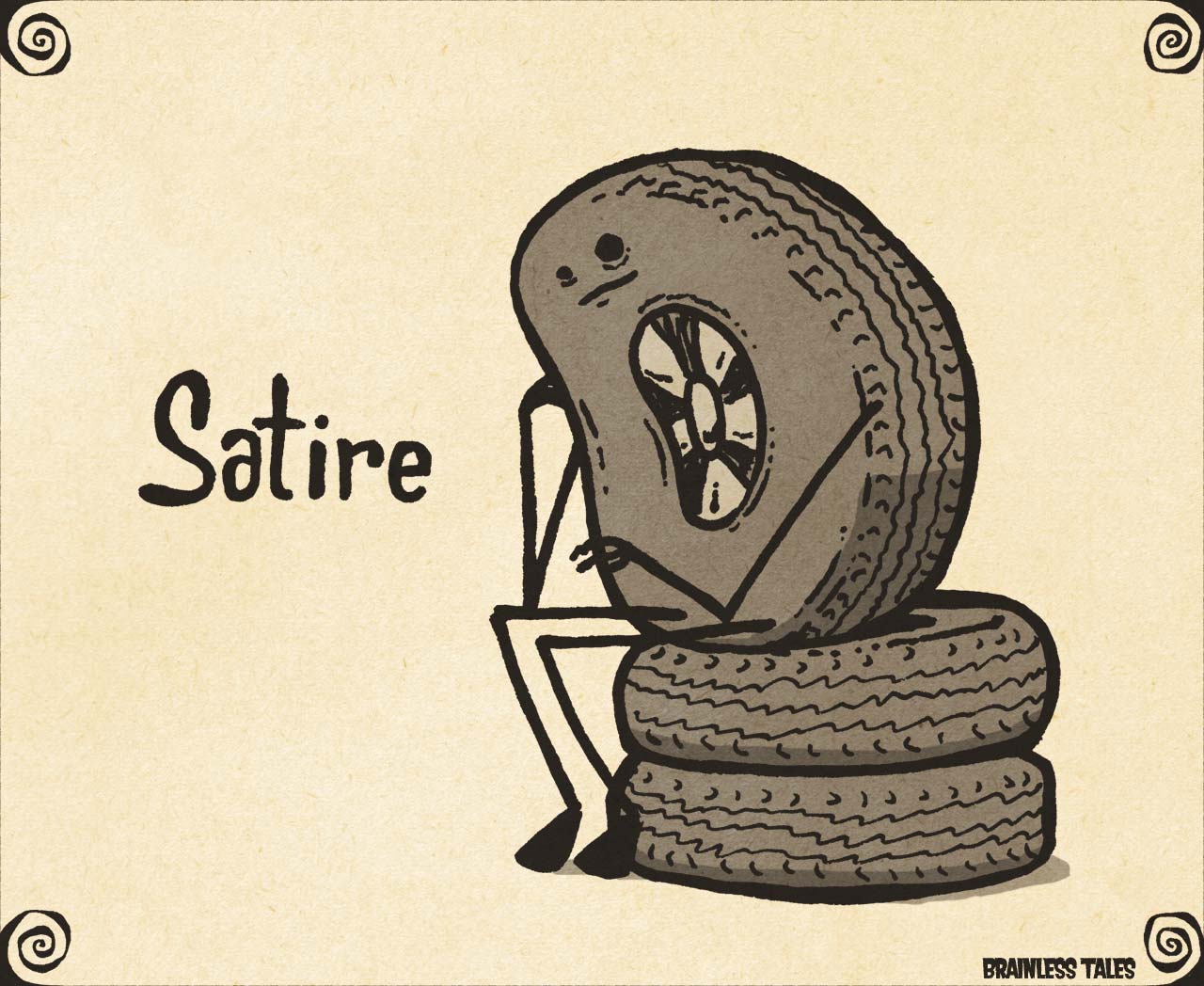By Shannon McClain, Guest columnist
It is easy to get caught up in a song. There is the music, the melody and the beat. If you are watching a performance of it, it can be a moving spectacle. Many times, songs evoke a wide array of emotions.
It some cases, a song’s popularity is predetermined by history. With many classic songs, we may decide we like a song based on a predisposition without really considering our personal justifications.
If a song is beloved by those around us, we may readily agree we love it too because we feel pressure to not disappoint or argue. Pretty soon, we just adopt a ready, positive opinion of it.
One example is the popular holiday song “Baby, It’s Cold Outside.” Frank Loesser and his wife Lynn Garland first performed the duet at their Navarro Hotel housewarming party in 1944.
They performed toward the end of the evening to signal to the guests the party was coming to an end and the guests should start heading home. It is popular as a duet because it acts like a conversation with interjections between the two singers.
The song catalogs the exchanges between two people. In the printed score, they are marked as “wolf” and “mouse,” and are generally considered to be a man and a woman, respectively.
For me, this song is about two people with very different priorities. They are disjointed in their communication. Neither seems to be listening to the other’s side of the conversation, especially toward the end.
In the lyrics, the two are coming back to the ‘wolf’s’ house after a date. The ‘mouse’ decides it is time for her to go home, but the wolf does not want her to leave.
He tries to convince her to stay the night because it is late and “it’s cold outside,” according to the lyrics.
The song is seemingly beloved by everyone — I hear a multitude of positive exclamations about it every winter. However, I do not hear any reasons or opinions over the meaning behind the lyrics.
There are two main ways of looking at the lyrics. Most of the controversy lies in the protests of the mouse.
Many have seen the mouse’s protests to staying the night as playful and made only for posterity’s sake.
This is evidenced by lines such as, “I ought to say no, no, no, sir,” “at least I am going to say that I tried” and “the neighbor’s might think.”
Others still view the mouse’s protests as legitimate and the wolf’s actions as coercive. This is reinforced by lines from the mouse like, “I really can’t stay,” “the answer is no” and “I got to get home.”
There is also the suggestion that the wolf will do anything to keep her there, including drugging her, as the line “say, what’s in this drink” suggests.
Both of these viewpoints can be found in the song. The song does bring forth the romantic nature of winter, but there are also some very questionable lines in the song.
Next time “Baby It’s Cold Outside,” or one of your favorite songs is playing, decide for yourself what you think the meaning is and why you favor it.
While we listen to music in general, we should be conscious of the content. There is the music, the performance, the emotion — but let’s not forget about the lyrics.

















